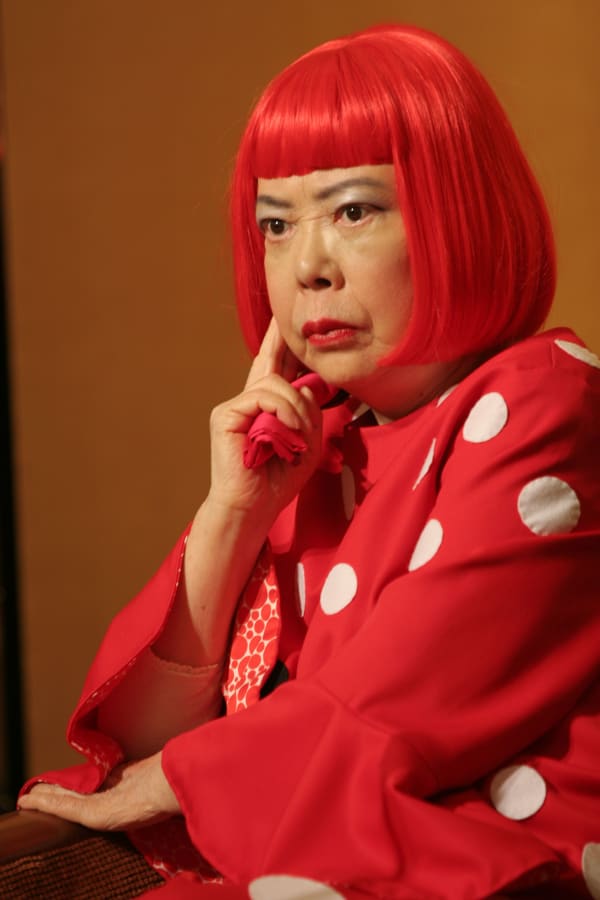-
 Pumpkin, 1993Acrylic on canvas, 73 × 90.8 cm (28 3/4 × 35 3/4 in.)© Yayoi Kusama. Image reproduced for educational and informational purposes only.
Pumpkin, 1993Acrylic on canvas, 73 × 90.8 cm (28 3/4 × 35 3/4 in.)© Yayoi Kusama. Image reproduced for educational and informational purposes only. -
“I love pumpkins because of their humorous form, warm feeling, and a human-like quality.”
– Yayoi Kusama
For Kusama, the pumpkin was rooted in childhood memories and associated with feelings of comfort and stability, offering a grounding presence amid her lifelong struggles with mental health. Yet by the early 1990s, the motif had moved beyond the personal to become one of the most recognisable symbols in contemporary art. Through exhibitions, publications, and later large-scale outdoor sculptures, the pumpkin came to represent not only Kusama’s own obsessions but also the playful, immersive qualities that made her work resonate globally.



